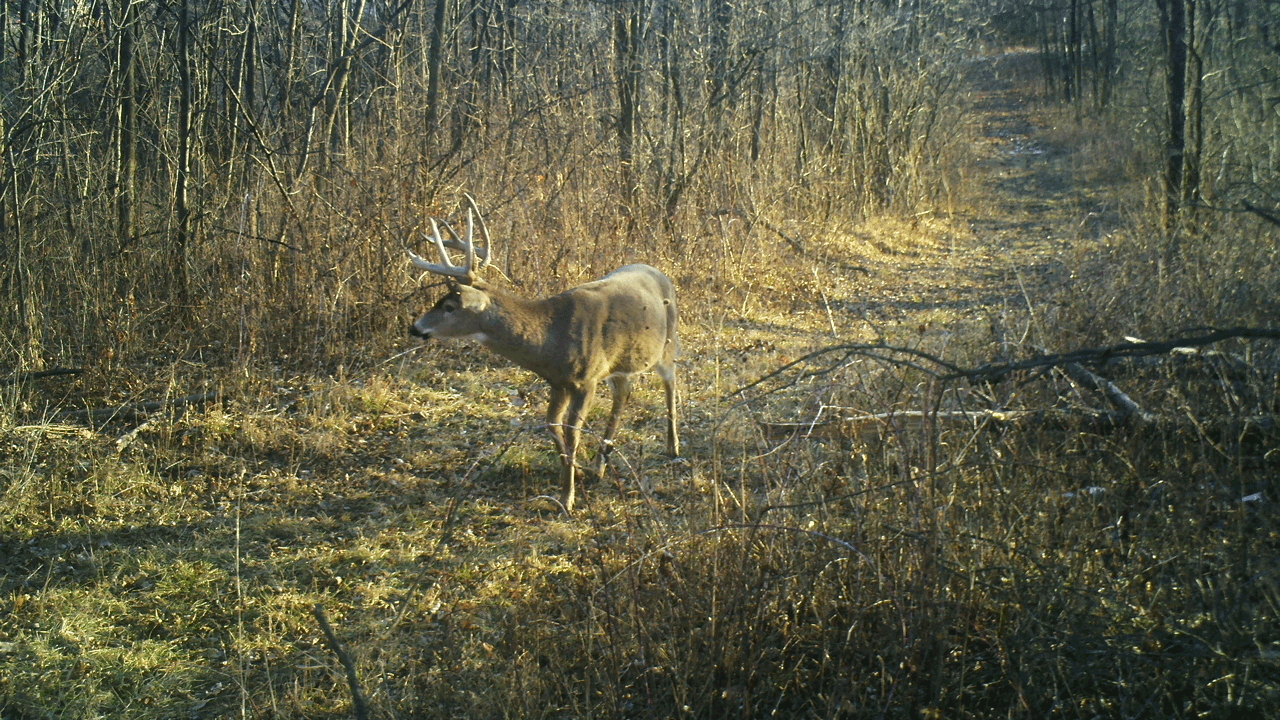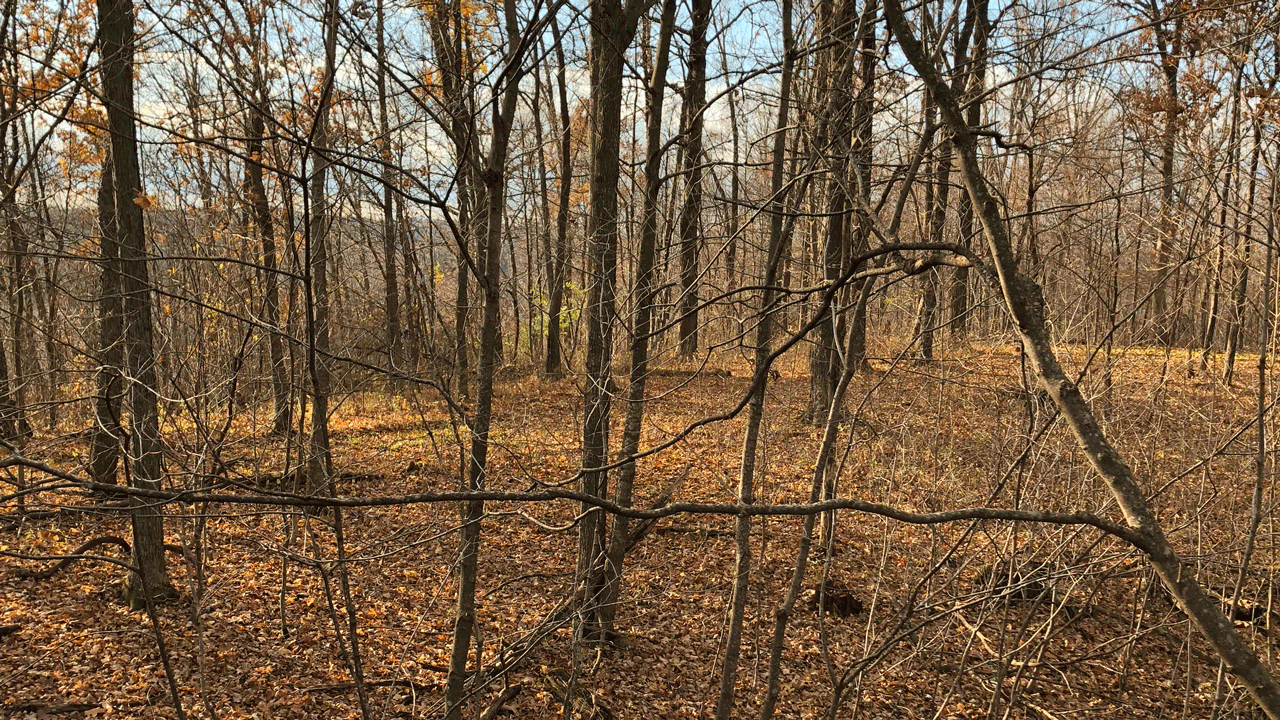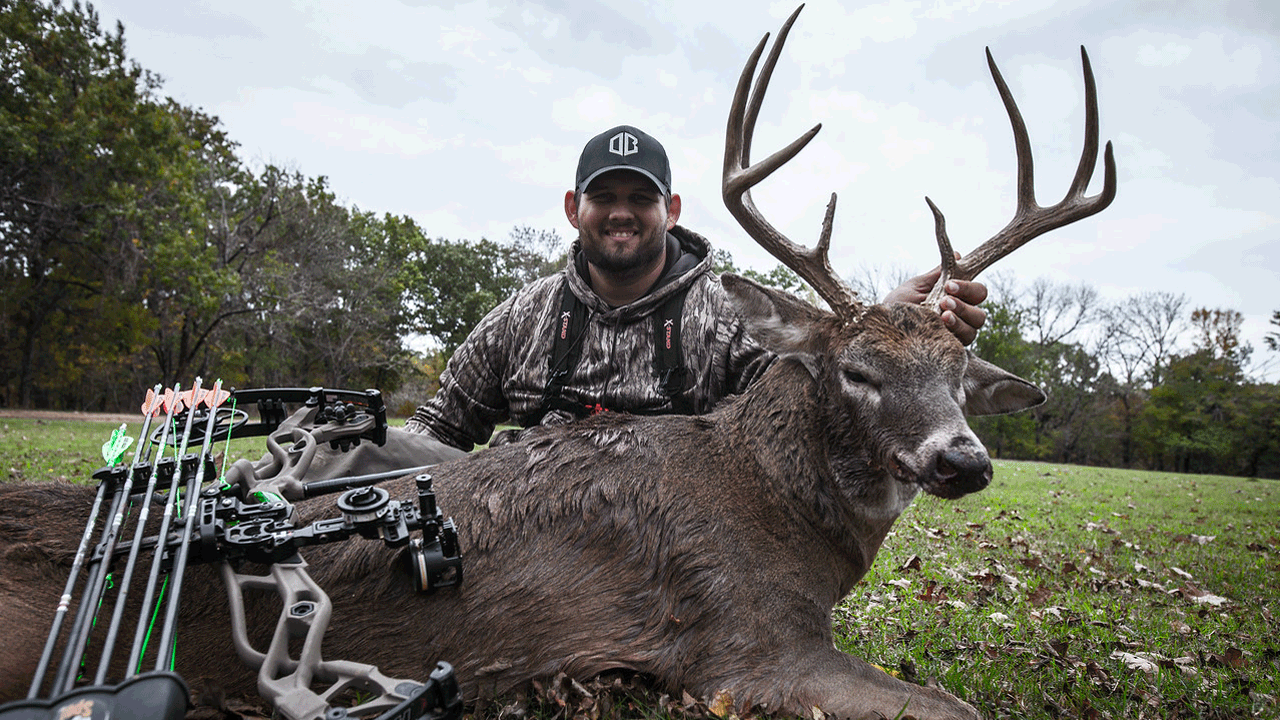LAST UPDATED: November 5th, 2020
Barometric pressure is perhaps the hottest buzzword in the hunting world today. It has been a topic of conversation among researchers and experienced hunters alike. A quick internet search will reveal an overwhelming number of videos, podcasts, and articles written on barometric pressure and how it may or may not influence deer movement.
For a deeper look into the subject, I checked out research by the Mississippi State University DeerLab, and chatted with a few of the biggest buck killers in the industry.

Barometric Pressure 101
Atmospheric pressure, better known as barometric pressure, is the pressure within the atmosphere of Earth. According to meteorologist Justin Steinbrink of Green Bay Wisconsin’s WLUK Fox 11 Station, “barometric pressure is often associated with sky condition and wind speeds, but not as directly related to temperature.”
He continues saying, “rising pressure typically brings clearing skies and lighter winds, and the opposite with dropping pressure.” Steinbrink is not an avid hunter and did not comment on how it could affect deer movement.
What Does Research Say?
In 2010, researchers with the MSU DeerLab conducted a GPS collar deer study involving 35 white-tailed deer, a mix of bucks and does. The study took place in a several thousand-acre wildlife unit in Oklahoma where an electric fence was erected around the unit.
Researchers claim deer passed through the fence at times, saying their home ranges were not affected. One of the purposes of this study was to find out if weather had any influence on deer movement. While it should be noted that barometric pressure was not the main influencer that was researched in this study, however, the scientists did find some results regarding barometric pressure.
Bronson Strickland, an extension professor at the MSU DeerLab, had this to say on the Down South Hunting Podcast (https://www.stitcher.com/podcast/mike-higman/down-south-hunting-podcast/e/56314907) regarding barometric pressure, “the study found no compelling evidence that’s going to make me hunt by looking at the forecast or the barometer.” Strickland maintains the study showed in large part that deer maintain a normal movement rhythm of dawn and dusk peak movement times.
While many hunters are reading the barometer more than ever, Strickland mentions, “temperature accounted for most differences in movement. However, a general pattern in how weather influenced deer movement was not observed.”

One of Strickland’s main arguments surrounding barometric pressure could be due to human biases. Strickland continues saying, “Let’s say you’ve got two days you can hunt. One day is above average and the next day is going to be a little colder. Which day are you going to hunt? You are going to hunt the colder day because you have in your head the deer are going to be moving, you won’t be swatting mosquitos, and it will be a more pleasant sit.”
Mark Drury disagrees with Strickland’s finding’s, saying he hunts every single day of archery season whether that be in Iowa, Texas, or Missouri. Mark said, “I would love to have a biologist take a 10-day study on my farm, I could tell them when they are going to move and when they won’t. You can watch the same field 10 nights in a row, on 2 or 3 nights you’ll see 40-50 deer and other nights you may only see 2, its all dependent on fronts—and pressure plays a huge role.”
Strickland finished by saying, “my human bias wants to believe those cooler days will have more deer moving, but our research shows weather conditions had an inconsistent influence on deer movement within the season.”
The Hunting Observations
Everything I have heard and seen claims high pressure typically equals great deer movement, specifically, mature buck movement. Heck, I have seen it myself. While the MSU research tells a very different story, Mark Drury of Drury Outdoors appears to be one who will follow his own observations regardless of what research shows.
In August of 2018, Drury Outdoors released a deer movement predictor mobile application called DeerCast. The app’s algorithm is based off weather and how each weather factor complements one another and attempts to predict deer movement on a given day.
While Drury and many others believe weather has a huge influence on deer movement, Drury mentions “there might be some other influencers that have movement suppressed outside of the weather.” Obvious factors such as neighboring hunters, predation and hunting pressure may influence movement and skew results you may see otherwise.
While on the Wired to Hunt podcast (https://www.stitcher.com/podcast/mark-kenyon/the-wired-to-hunt-podcast/e/56014016) Drury says “A front in September does not affect deer the same as it does in the middle part of November, or as it does in the middle part of December because their metabolism is at different levels during each of those time frames. Give me a high pressure day with a northwest wind during the peak of the rut and watch how many bucks you see walking hundreds of yards.”

For another view on barometric pressure, I chatted with Jared Mills of the popular web show Midwest Whitetail. Mills has taken his fair share of mature bucks in Iowa and said, “I pay a lot of attention to barometric pressure, but it doesn’t dictate when I hunt. I pay attention so I can learn more about deer movement in general. For me, it seems to be a very critical factor, but I am still that guy who doesn’t miss any opportunity to be in the woods.”
I believe Jared’s comments echo the thoughts of many hunters. Most hunters are giving barometric pressure it’s due attention, but if people have a chance to hunt, they will go regardless of the pressure reading.
The latter comment brings up another excellent question. Does barometric pressure influence your stand choices? Mills said he puts the most stock in a temperature drop-off, but will consider pressure readings as well. “For me, pressure needs to be combined with other factors. I really pay attention to winds and I do not see great movement until after heavy wind subsides during a front.”
The Results Don't Lie...In Either Case
Research does not lie, neither do eyeballs. While research shows one thing, it is impossible for most of us to do a research study on our hunting property. So, what do you follow? In my opinion, you follow your observations and key in on what makes deer move on your property, not research conducted in Oklahoma.
There is no fooling; my trail cameras light up during high pressure readings. I have observed thousands of trail camera photos which indicate high pressure contributing to high deer movement. What do you see on your land, did the research findings from MSU surprise you

 By
By 



